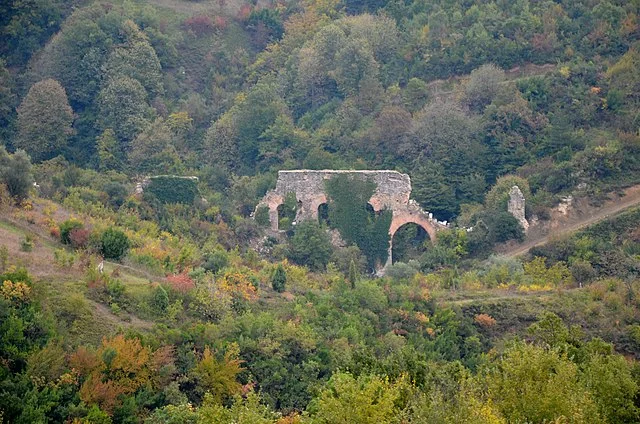Nicomedia, an ancient city located in northwestern Anatolia, played a significant role in ancient history. Its strategic location near the Propontis (modern-day Sea of Marmara) made it an important hub for trade, governance, and military operations.
Get your dose of History via Email
Founded in 712 BC by Greek colonists from Megara, Nicomedia later became the capital of the Bithynian Kingdom. The city flourished under Roman and Byzantine rule, serving as a prominent center of administration and culture.
Foundation and Early History
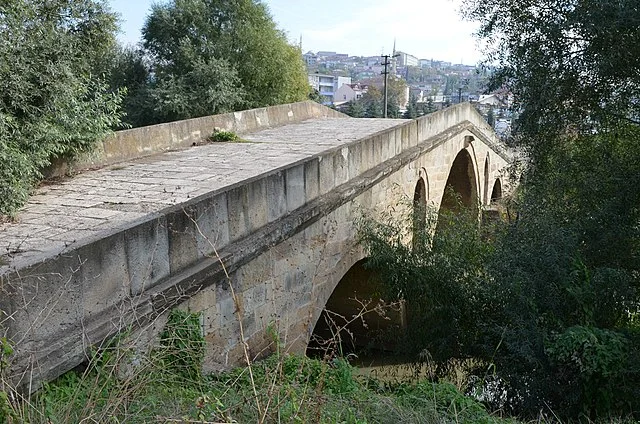
Nicomedia was established on the site of an earlier settlement, Astacus. The city was rebuilt and renamed by Nicomedes I of Bithynia in 264 BC. Its prime location provided access to major sea and land trade routes, fostering its growth as a regional power.
During the Hellenistic period, Nicomedia became a focal point for cultural and economic activity in Bithynia. The city benefitted from its kings’ ambitions, including the construction of public buildings and support for Greek traditions.
Role in the Roman Empire
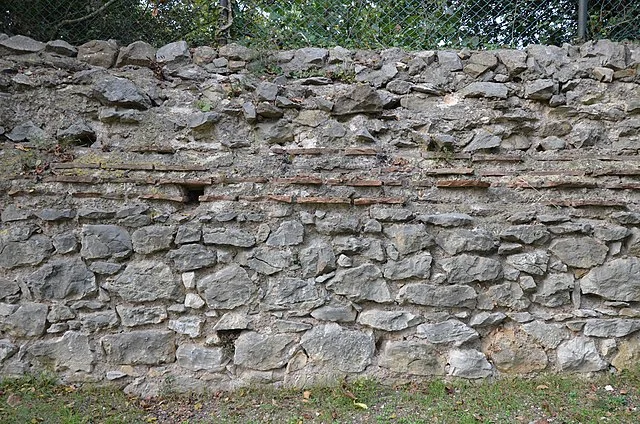
In 74 BC, Nicomedia became part of the Roman Republic when Bithynia was bequeathed to Rome by its last king, Nicomedes IV. Under Roman rule, the city emerged as a key administrative center in the province of Bithynia et Pontus.
The Roman emperor Diocletian (AD 284–305) elevated Nicomedia to an imperial capital. Diocletian’s reforms divided the empire into East and West, with Nicomedia serving as the eastern capital. This elevated status brought significant development, including palaces, temples, and aqueducts.
Diocletian’s Reforms and Legacy
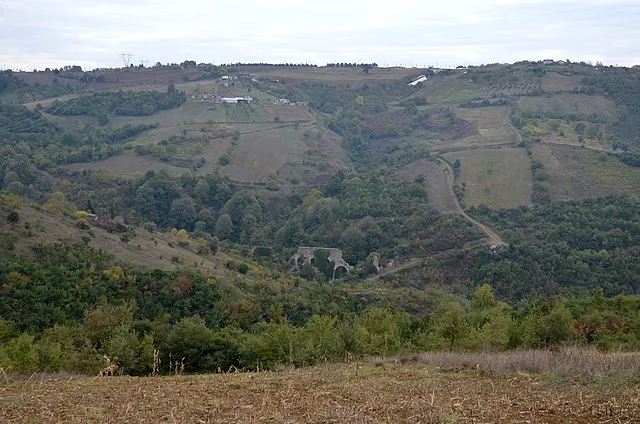
Diocletian’s decision to reside in Nicomedia transformed it into a political and military hub. The city housed the imperial court and administrative offices, influencing events across the Roman Empire. It also became a center for Christian persecution under Diocletian, who sought to suppress the growing religion.
The reforms initiated by Diocletian stabilized the empire temporarily, though Nicomedia’s prominence declined after Constantine I moved the eastern capital to Byzantium in AD 330. Byzantium, renamed Constantinople, overshadowed Nicomedia in political and economic importance.
Byzantine Era
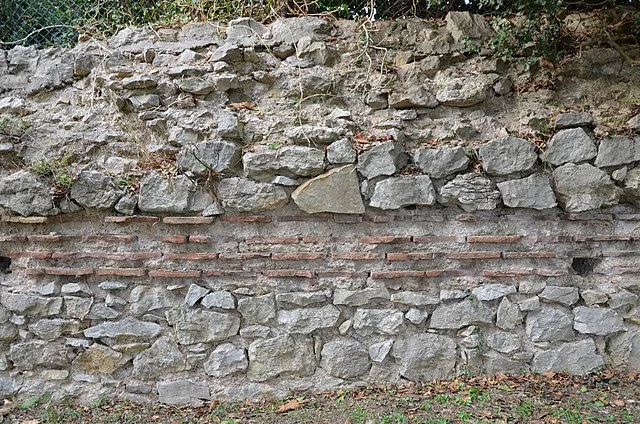
During the Byzantine period, Nicomedia remained an important regional center. It served as a defensive stronghold due to its location near Constantinople. The city continued to host administrative functions and maintained a degree of economic vitality.
Nicomedia suffered repeated damage from earthquakes, notably in AD 358 and 363. Despite reconstruction efforts, these disasters limited the city’s recovery and growth. The gradual decline of Byzantine power also contributed to Nicomedia’s diminished significance.
Archaeological Significance
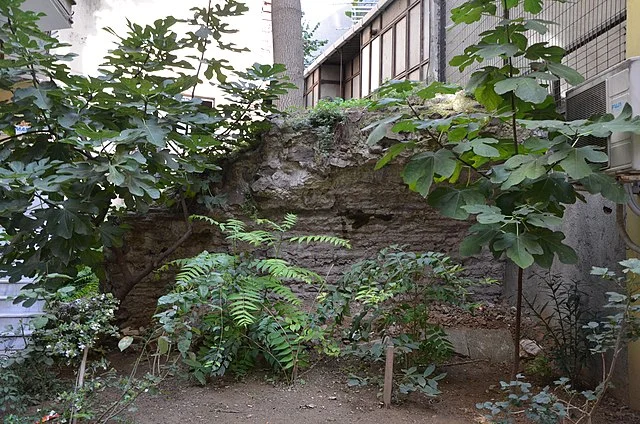
Nicomedia’s ruins offer insights into ancient urban planning, architecture, and culture. Excavations have uncovered remnants of Roman and Byzantine structures, including baths, aqueducts, and defensive walls.
Ongoing research aims to uncover more about Nicomedia’s role in regional and imperial history. Archaeologists hope to better understand the daily life of its inhabitants and the city’s influence on surrounding areas.
Conclusion
Nicomedia’s history reflects its strategic importance in ancient Anatolia. From its founding in 712 BC to its prominence under Roman and Byzantine rule, the city played a pivotal role in regional and imperial affairs. Though its influence waned after the rise of Constantinople, Nicomedia remains an essential site for understanding the ancient world.
Source:

